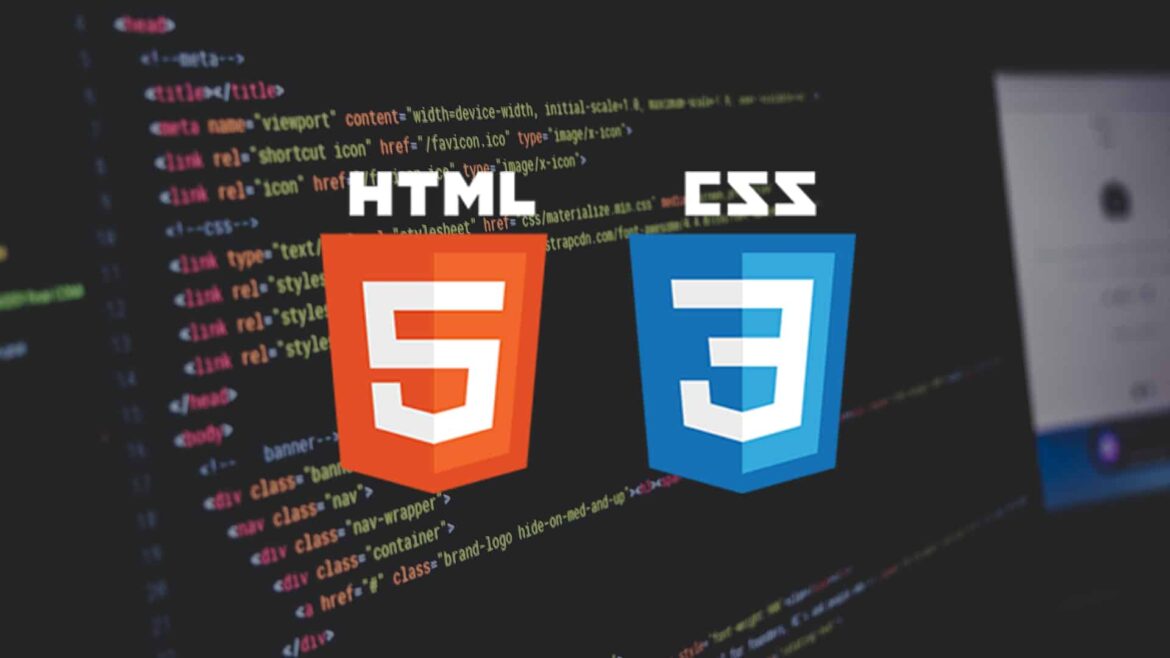605
HTML and CSS are closely related, but there are differences. You should know these when creating a homepage.
HTML: the basic structure
Every website that can be viewed on the internet (including those created with WordPress or another CMS system) is based on an HTML framework. In technical jargon, HTML is known as a markup language that is used to display content on a website (the differences between website, webpage and homepage will be explained later). Note: HTML version 5.3 is currently in use.
- An HTML framework always consists of tags that are opened with <> and closed with. In practice, this is, for example. A tag is always used to scale the behavior of the text between the tags.
- For example, it is a tag that classifies the text as a subheading and outputs it. An overview of the different tags can be found at w3schools.com, for example.
- Every web browser (e.g. Google Chrome) always reads a website from top to bottom. That is why it is important to structure the website carefully.
- A website is always introduced with. Within this area, the browser is provided with important information such as the language or the character encoding of the page. After that comes the tag. The title (which appears on tabs) and further links (to secondary CSS and Javascript files) are entered in this tag.
- Most of the design is done in the tag. All tags that are later visible in the browser can be placed here. Finally, there is the
- A simple editor is sufficient to create a website. However, for complex projects, an IDE such as Eclipse or Visual Studios is recommended.
Website, webpage and homepage: these are the differences
In the following, we will explain the differences between a website, a webpage and a homepage, because laypersons often use these terms synonymously, although this is incorrect.
- Website: The totality of all web pages forms the website. These can often be selected via a menu.
- Webseite: A webpage is a single HTML page.
- Homepage: As the name suggests, this is the starting page of a website. Strictly speaking, this is also just a webpage.
- In conclusion: Even though CMS systems (such as WordPress) and artificial intelligence make work easier, knowledge of web design is advisable in order to understand templates and fix possible problems (or to make extensive adjustments). Due to the complexity, there are many specialized books on the subject.

